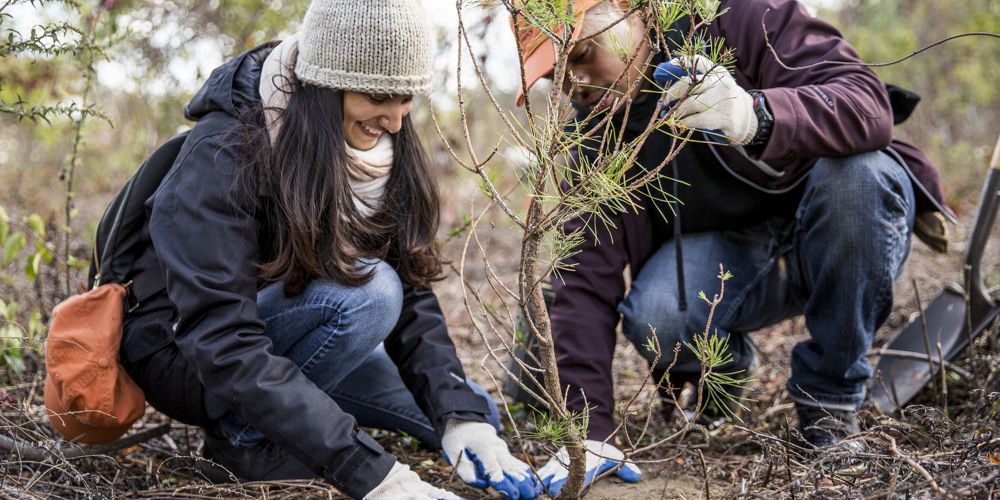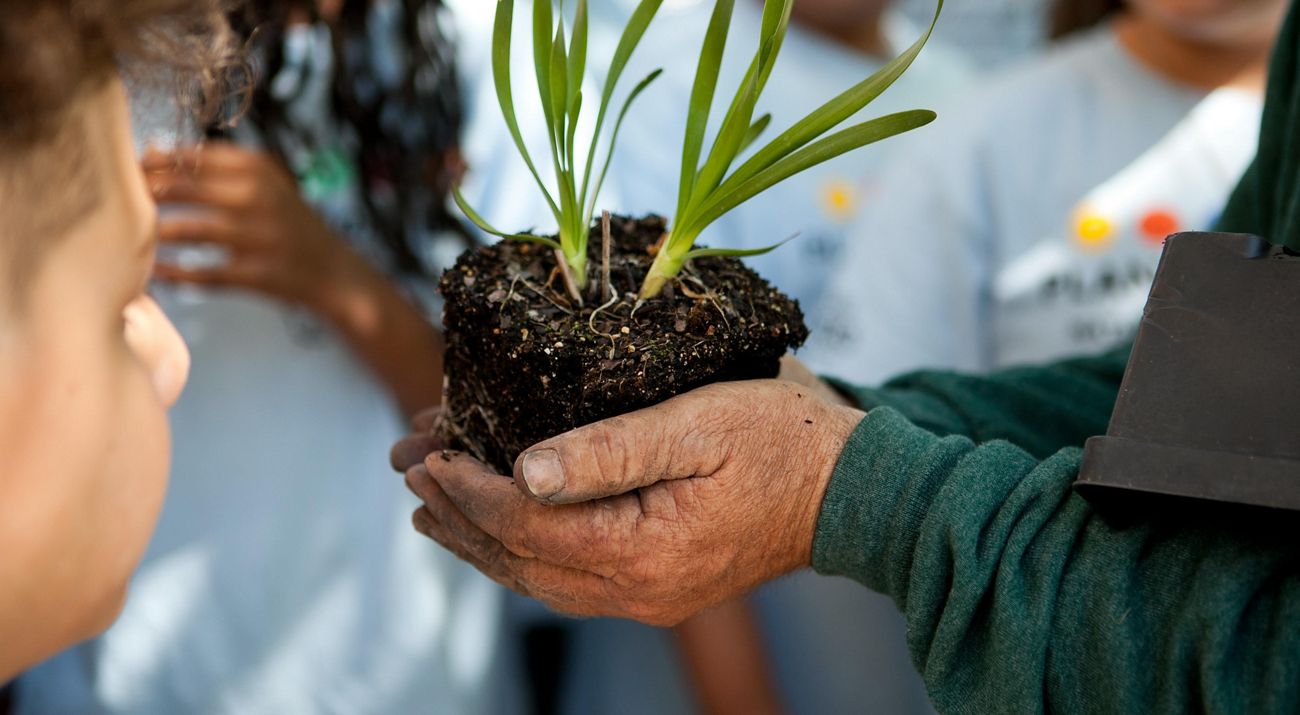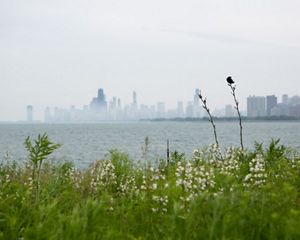New Volunteer Stewardship Network (VSN) Report
Learn how the VSN supports volunteer groups that care for Illinois nature.
Read the ReportRoll Up Your Sleeves—and Make a Difference
For over 40 years, The Nature Conservancy (TNC) has partnered with the Illinois Nature Preserves Commission to support more than 140 groups that care for nature and their local communities.
Volunteer opportunities vary from removing invasive species and collecting native plant seeds to monitoring birds, tending community gardens and connecting communities to nature through outdoor programming. There is a role for everybody: Individuals, families or groups.
TNC has also been partners with the Chicago Park District (CPD) for more than a decade. CPD offers a variety of environmental stewardship opportunities at natural areas and parks across the city.
New Scholarship Opportunities Available
TNC's Volunteer Stewardship Network (VSN) is offering scholarships for training courses in spring of 2024 through The Morton Arboretum at no cost to volunteers, volunteer leaders and early career professionals caring for natural spaces throughout Illinois.

Find Volunteer Opportunities by Zip Code
It’s easy to find volunteer opportunities near you. Simply enter your address or zip code in the search function below. If you cannot find an opportunity that appeals to you, please contact brooke.thurau@tnc.org for assistance.
Looking for TNC Volunteer Opportunities?
Five TNC natural areas and programs regularly enlist volunteers: Nachusa Grasslands, Indian Boundary Prairies, Kankakee Sands, Midewin National Tallgrass Prairie and the Illinois River Program. We’d appreciate your help!

We Can’t Save Nature Without You
Sign up to receive monthly news, updates and local events from Illinois.



